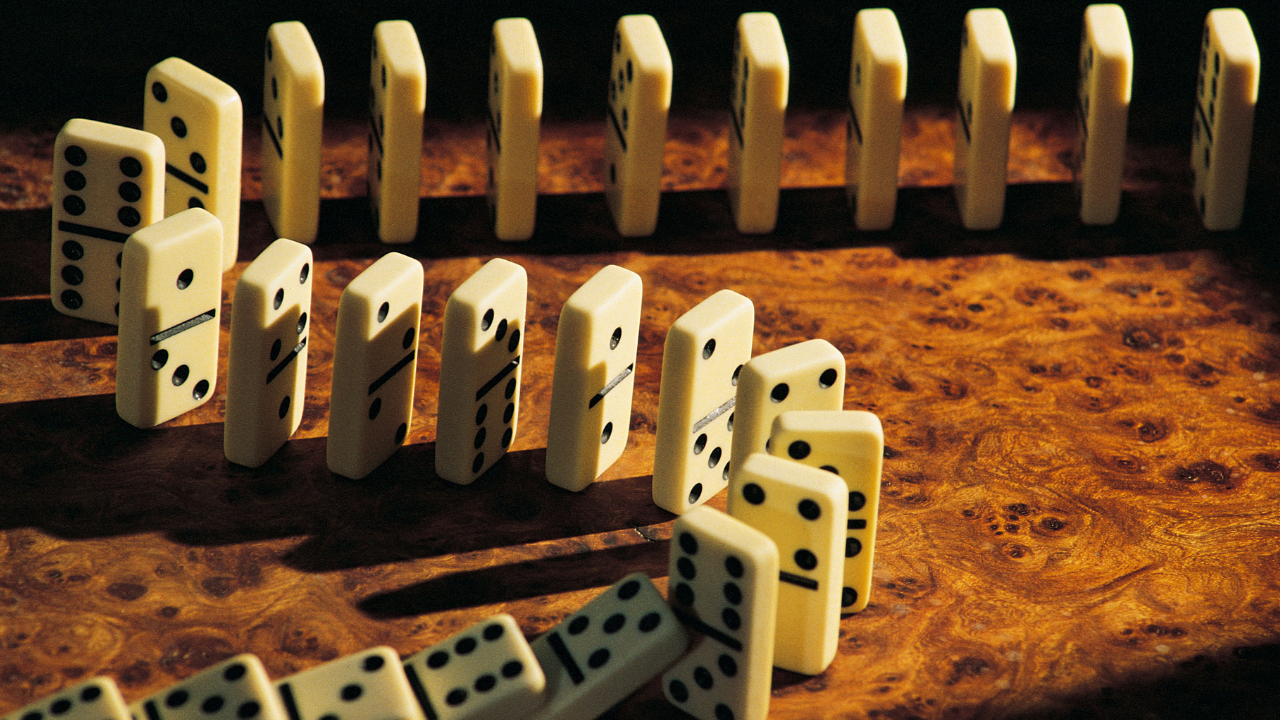cause and effect

Do you know this oft-repeated quote by British novelist and critic E. M. Forster? He’s explaining the difference between his definition of story and plot:
“The king died and then the queen died is a story. The king died and then the queen died of grief is a plot.”
Forster uses the word story a little differently than I use it. By story, he means the most basic definition — a collection of incidents that happen in a timeline — but his point is clear and essential.
He argues (and who would disagree?) that the job of a well-structured tale is to make readers care what happens next. The writer does this not by providing a list of unrelated incidents, but by creating a dynamic chain of cause and effect.
Think of dominoes. They are meticulously arranged. They have a starting location and a finish line. They need not move in a perfectly straight trajectory (and it’s far more interesting if they don’t!), but they must be sufficiently adjacent for each to tumble when the previous one falls, and to cause the rest of the chain to continue.
Who does the meticulous arranging? You, the writer! It won’t happen by accident.
And what determines the line of cause and effect?
It’s the hero’s mission. Scene after scene in the second act, your hero will do the best she is capable of at that moment to move one step closer to her goal. Her actions will have consequences, and those consequences will take us to the next domino, and then the next.
Because, because, because, because, because! We’re off to see the Wizard, indeed. Each scene causes the next, all the way to the end of the second act. That’s when the hero gets to where she’s been heading all along. Hello, Emerald City!
None of this is kept secret from the reader. It’s the anticipation of what happens next that creates reader engagement. Without the because, the second act is a slog of unrelated scenes. There’s no forward propulsion. It’s not a middle, but a muddle.
TIP: In the second act, keep your hero actively pursuing her mission, scene after scene. Let the consequences of her actions in one scene lead convincingly to what happens next.
(A look ahead: When your hero gets to that highly anticipated moment at the end of the second act, she may be like the proverbial dog that catches the car! Things won’t go as planned. Unexpected consequences will mean a new line of dominoes must spring into action. That’s the third act! More on that to come.)


